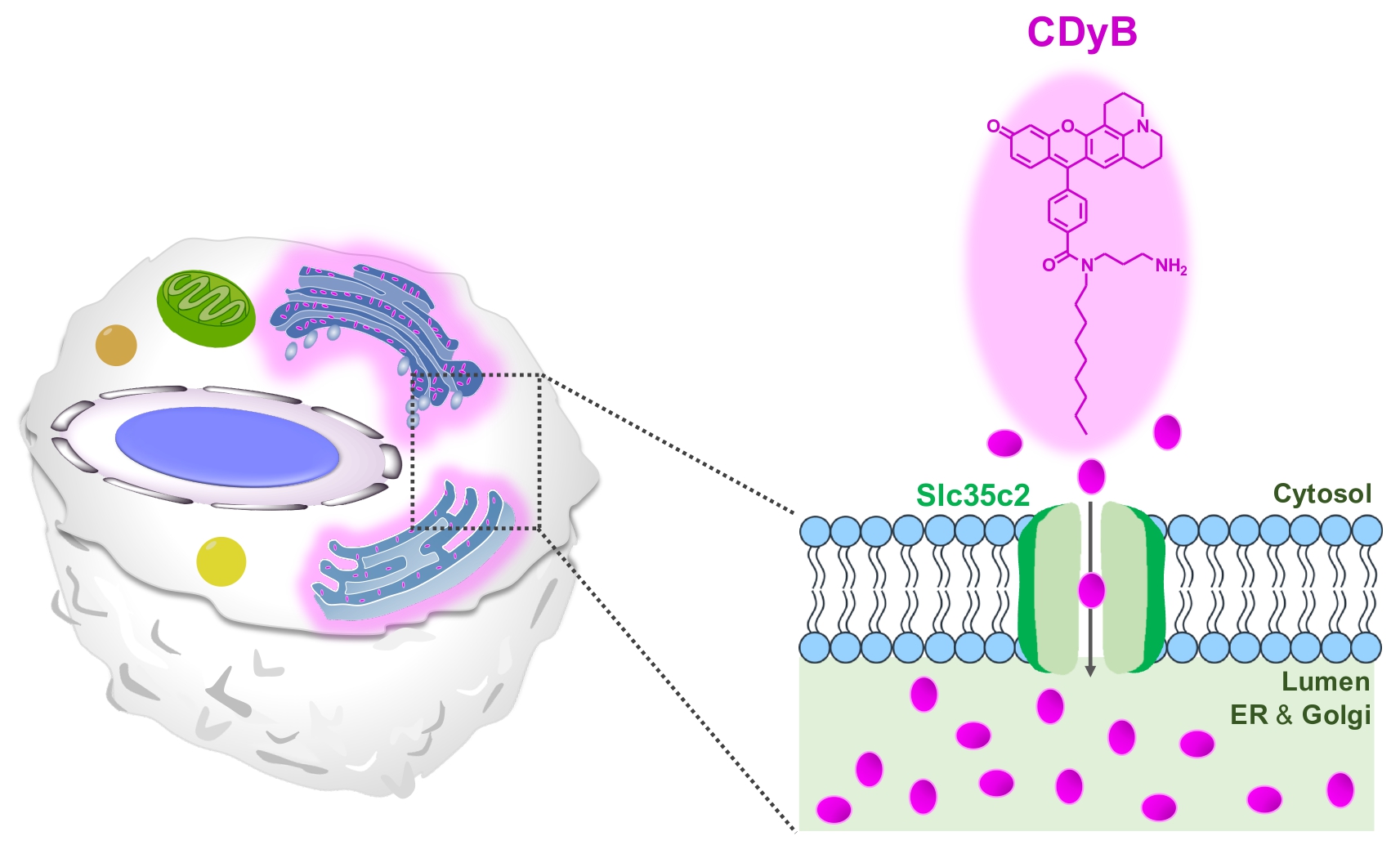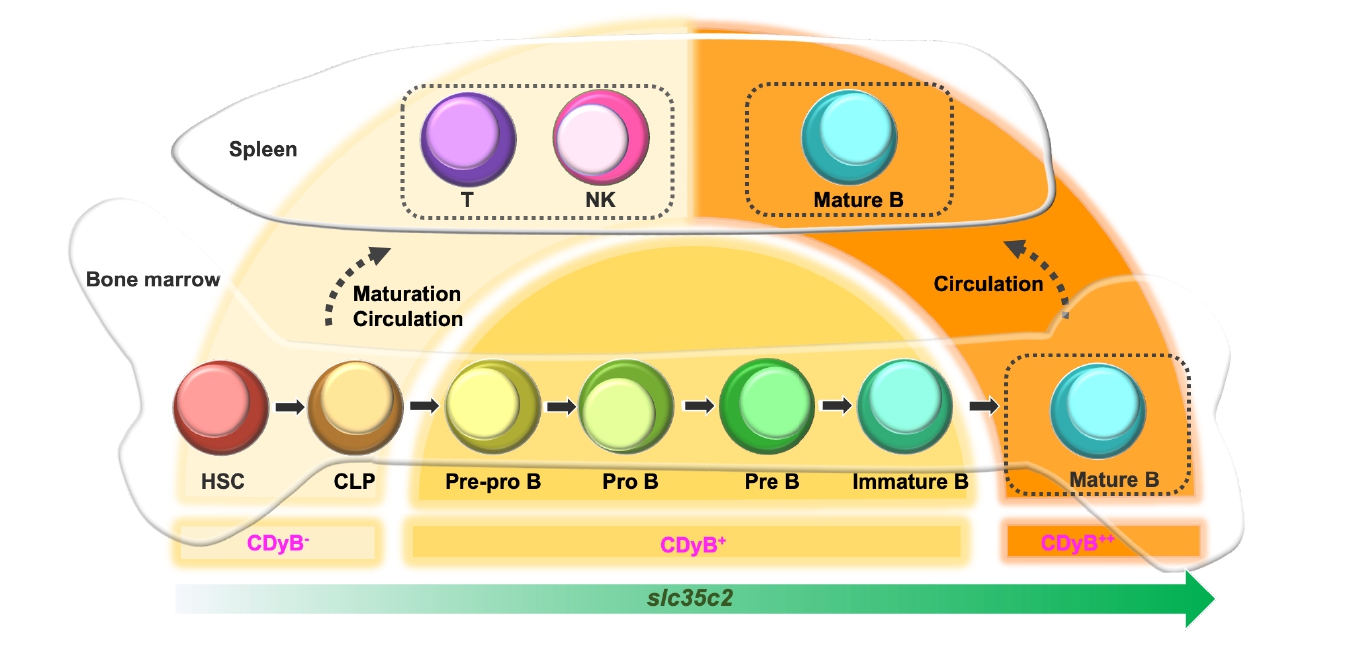주메뉴
- About IBS 연구원소개
-
Research Centers
연구단소개
- Research Outcomes
- Mathematics
- Physics
- Center for Theoretical Physics of the Universe(Particle Theory and Cosmology Group)
- Center for Theoretical Physics of the Universe(Cosmology, Gravity and Astroparticle Physics Group)
- Center for Exotic Nuclear Studies
- Center for Artificial Low Dimensional Electronic Systems
- Center for Underground Physics
- Center for Axion and Precision Physics Research
- Center for Theoretical Physics of Complex Systems
- Center for Quantum Nanoscience
- Center for Van der Waals Quantum Solids
- Chemistry
- Life Sciences
- Earth Science
- Interdisciplinary
- Institutes
- Korea Virus Research Institute
- News Center 뉴스 센터
- Career 인재초빙
- Living in Korea IBS School-UST
- IBS School 윤리경영


주메뉴
- About IBS
-
Research Centers
- Research Outcomes
- Mathematics
- Physics
- Center for Theoretical Physics of the Universe(Particle Theory and Cosmology Group)
- Center for Theoretical Physics of the Universe(Cosmology, Gravity and Astroparticle Physics Group)
- Center for Exotic Nuclear Studies
- Center for Artificial Low Dimensional Electronic Systems
- Center for Underground Physics
- Center for Axion and Precision Physics Research
- Center for Theoretical Physics of Complex Systems
- Center for Quantum Nanoscience
- Center for Van der Waals Quantum Solids
- Chemistry
- Life Sciences
- Earth Science
- Interdisciplinary
- Institutes
- Korea Virus Research Institute
- News Center
- Career
- Living in Korea
- IBS School
News Center
| Title | Lighting up the B cells | ||
|---|---|---|---|
| Embargo date | 2022-07-21 14:56 | Hits | 275 |
| Press release |
![docx 파일명 : [v6] 2022 7 13 Min Gao-IBS Press Release_Angew_CSC.docx](/images/mimetype/docx.gif) [v6] 2022 7 13 Min Gao-IBS Press Release_Angew_CSC.docx
[v6] 2022 7 13 Min Gao-IBS Press Release_Angew_CSC.docx
|
||
| att. |
![zip 파일명 : [v6] 2022 7 13 Min Gao-IBS Press Release_Angew_CSC_그림.zip](/images/mimetype/zip.gif) [v6] 2022 7 13 Min Gao-IBS Press Release_Angew_CSC_그림.zip
[v6] 2022 7 13 Min Gao-IBS Press Release_Angew_CSC_그림.zip
|
||
Lighting up the B cells- Distinguishing B cells from T cells using an SLC35C2 transporter-targeting fluorescent probe - Our immune system is essential for our survival, as our bodies are constantly being exposed to bacteria, viruses, parasites, and other pathogens. Without an immune system, we would quickly lose the war against these pathogens and succumb to these outside invaders. The immune system is made up of billions of individual white blood cells that circulate in our bloodstream and move around in our tissues, patrolling for signs of infection or tissue damage. The body’s defenses consist of numerous different types of white blood cells that include lymphocytes, monocytes, and granulocytes. Lymphocytes are in turn further subdivided into T cells, B cells, and NK cells. Identification of each cell type is essential for understanding their specific roles and conducting research in the field of immunology. T and B lymphocytes are two major adaptive immune cells in our body’s defense systems. However, the similar size and shape of the cells make it challenging to distinguish them. Currently, distinguishing different cell types is done by staining cells using fluorescent antibodies that bind to different clusters of differentiation (CD) receptors on the cell surface. Now, a team led by Professor CHANG Young-Tae at the Center for Self-assembly and Complexity within the Institute for Basic Science in Pohang, South Korea, successfully developed a small molecule probe CDyB (which stands for Compound of Designation yellow for B cell) that can accomplish live B cells distinction over T cells. CDyB was discovered using an unbiased fluorescence library screening called Diversity Oriented Fluorescence Library, or DOFL. By using this process, the researchers were able to screen for thousands of different molecules for their specificity to one type of immune cell over another. When applied to a mixture of T and B cells, this new probe was found to have high selectivity toward B cells. CDyB is a new type of probe that does not require CD-specific antibodies to distinguish different cell types. Rather, it was found to be capable of entering the cell itself and staining the endoplasmic reticulum (ER) and Golgi apparatus, which are prominent organelles within the cells that are responsible for transporting materials within the cells. This is thought to be possible thanks to the molecule’s ability to easily pass through cell membranes. After realizing that CDyB is localized within the ER / Golgi organelles, the researchers speculated that the mechanism of the B cell selectivity is based on gating. In other words, some transporter molecules must be responsible for the uptake and accumulation of the CDyB inside the organelles in some cells, but not the others. Hence they coined the new term, gating-oriented live-cell distinction (GOLD) to describe this newly discovered mechanism of distinguishing different types of cells. Next, the researchers sought to find out why CDyB only stains the organelles of the B cells, but not T cells. The researchers further explored the mechanism of the new probe by using an SLC-CRISPR-based library, which is a platform that offers a high chance of systematic gating target elucidation. By employing SLC-CRISPRa and SLC-CRISPRi, the researchers discovered that SLC35C2 was the transporter specific for CDyB, which allows the molecule to be transported inside the organelles. The target transporter was further validated by the gene expression analysis. The researchers performed further knockout experiments and showed that deleting the transporter removed the ability of the molecule to be internalized by the ER / Golgi of the target cells, proving the role of SlC35C2 for the B cell selectivity.
Interestingly, the researchers observed that CDyB signal was stronger in mature B cells than in immature B cells. This is most likely due to the expression of SLC35C increasing according to the maturity of the B cells. The progenitor cells such as hematopoietic stem cells (HSC) and common lymphoid progenitor (CLP) express a low level of SLC35C2 and are thus minimally stained by CDyB. When they differentiate into T and NK cells, the expression of SLC35C2 remains low, hence yielding weak CDyB fluorescence. If the cells differentiate into B cell lineages, the SLC35C2 expression increases during the maturation path. The partially differentiated B-cell progenitors (Pre-Pro B, Pro B, Pre B) exhibit moderate CDyB fluorescence, and the fully matured B cells display the highest level of CDyB fluorescence.
Notably, Professor Chang’s team previously unlocked another B-cell-selective probe called CDgB (Compound of Designation green for B Cells) last year. Unlike CDyB, it distinguishes B cells over T cells using the Lipid-Oriented Live-cell Distinction (LOLD) mechanism. LOLD utilizes the small difference in membrane components, such as carbon chain length and cholesterol contents, and flexibility for cell discrimination. While CDyB showed stronger fluorescence in mature B cells, CDgB showed the brightest staining in immature B cells due to their softer membrane structure. It is hoped that utilizing both of these molecules with mechanisms together can be an effective way to distinguish different cell types in blood cells. This study enriches the molecular probe toolbox and molecular understanding for live B cell distinction and opens the possibility of multi-dimensional cell analysis based on the orthogonal mechanism with new insight. This work was published in the Angewandte Chemie International Edition on 5th July. Notes for editors
- Reference
- Media Contact
- About the Institute for Basic Science (IBS)
|
|||
|
|
|||
| Next | |
|---|---|
| before |
- Content Manager
- Communications Team : Kwon Ye Seul 042-878-8237
- Last Update 2023-11-28 14:20













